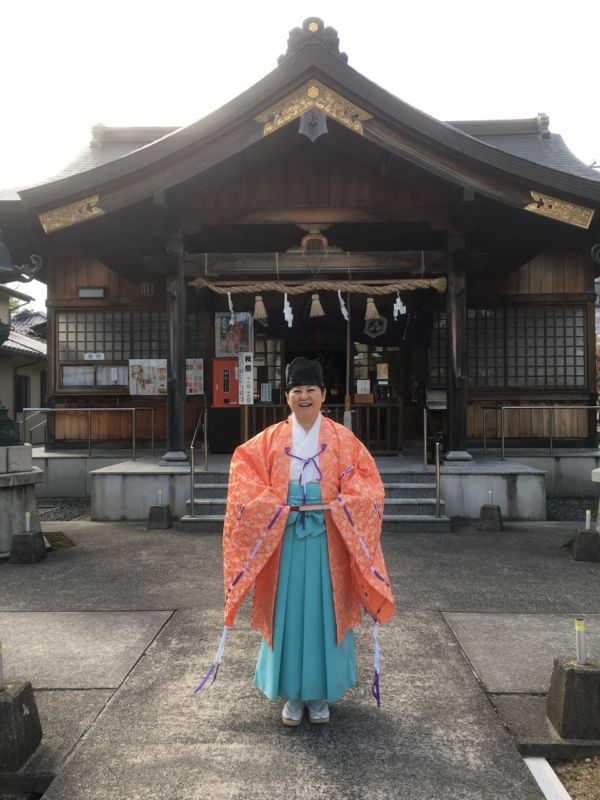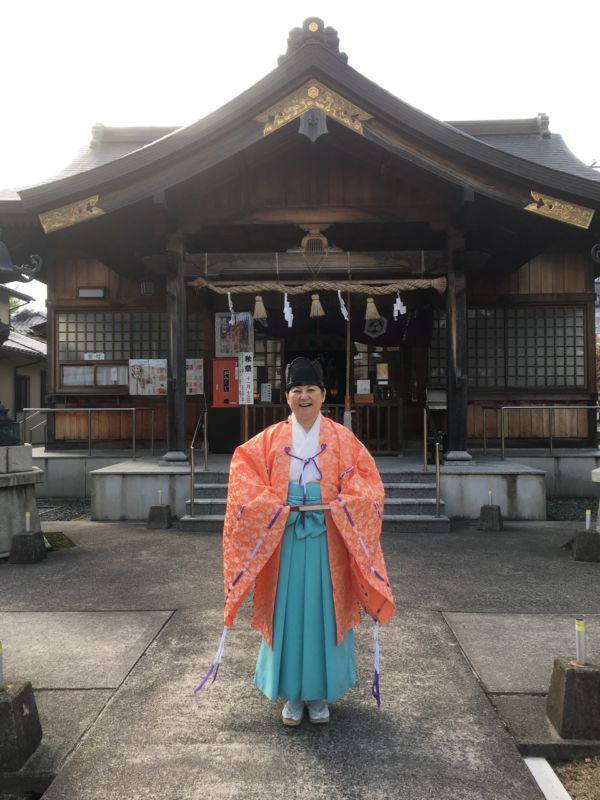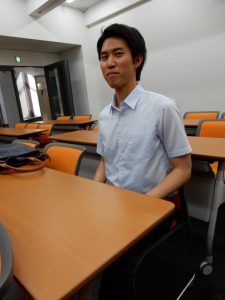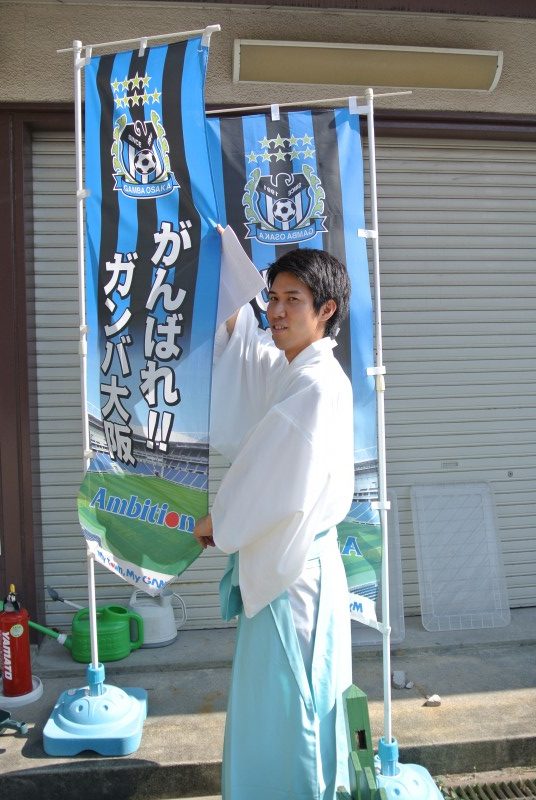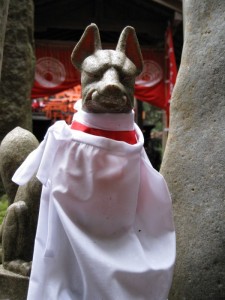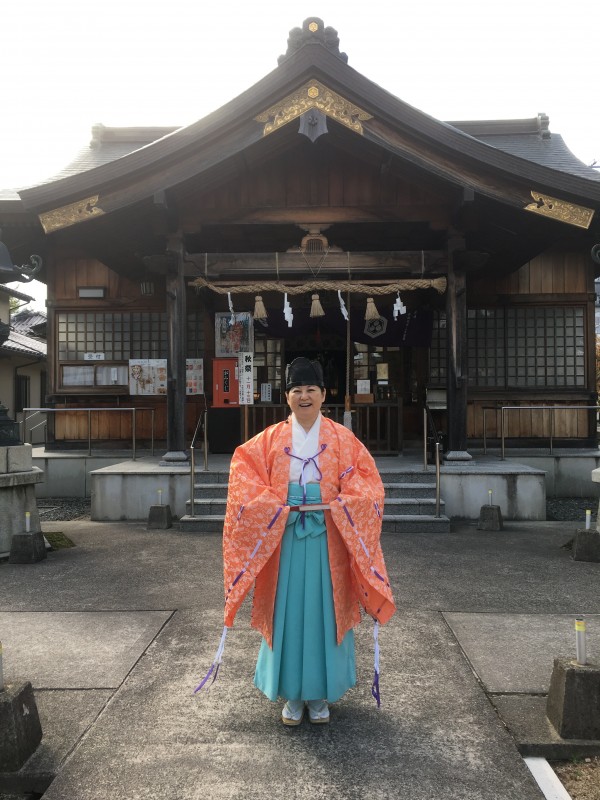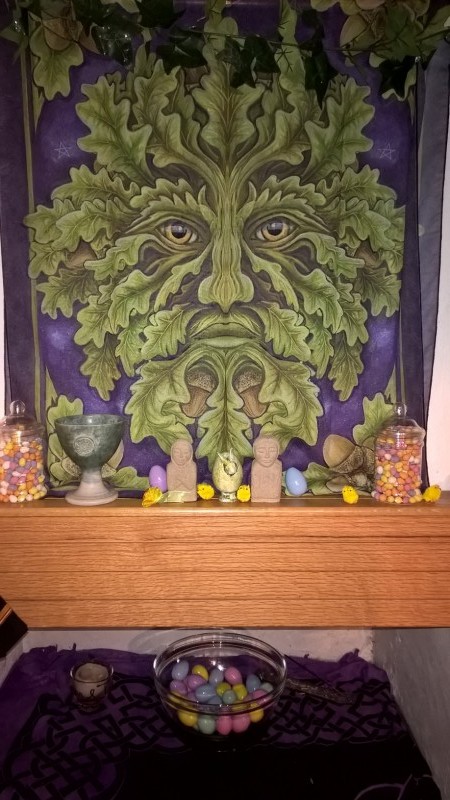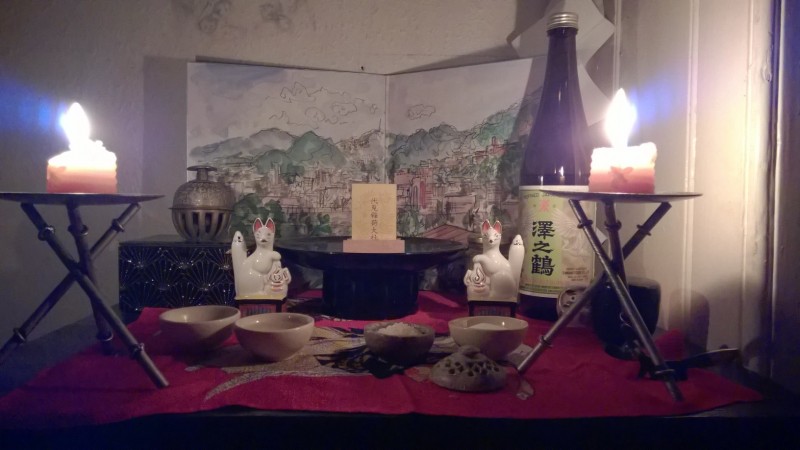In an extraordinary move, Tsubaki Grand Shrine of America shut down its operation on June 30th, 2023, and the grounds have been closed to the public. The kamisama and sacred items have been transferred to the newly restored and revived Shin Mei Spiritual Centre run by Shinto priest Ann Evans on Knapp Island off Victoria in Canada’s far west.
When Green Shinto visited Washington State and the Vancouver Islands in 2011 , the Tsubaki Shrine was flourishing under Rev Barrish and the Canadian shrine barely active, not responding to email or telephone. Now it seems the respective fortunes of the two shrines have been completely reversed.
The Tsubaki Shrine was Shinto’s leading light in America, representing a significant focus for practitioners throughout the mainland. Its closure looks like a failure to gain a foothold in the US. The shock to America’s burgeoning Shinto community of the surprise closure can be clearly felt in an article in Unseen Japan. (The report also gives a rare overview of Shinto origins in the US and its prewar history.)
Despite two decades of dedicated and pioneering work in setting up the Tsubaki Grand Shrine of America, including soliciting donations for improvements and additions, it seems that Rev Barrish has relocated to Kissimmee, Florida, which is located near Orlando International Airport. Apparently for health reasons he was unable to continue his work and has decided to continue with his aikido work, as well as setting up an ‘earthshinto’ website. The relationship of this is to the Tsubaki Shrine in Mie Prefecture is unclear.
In mythology, Sarutahiko no okami, the chief Tsubaki kami, is the first Earthly figure to welcome the Heavenly kami after their descent. However, the naming of the shrine looks more like a statement of universalism than a link with Tsubaki. As the article in Unseen Japan puts it, ”The shrine, which he [Barrish] has named Earth Shinto Shrine (Kannagara Chikyū Jinja), has no apparent affiliation with Tsubaki Grand Shrine in Japan. Barrish asserts the Earth is this shrine’s kami. While there are many earthly kami (kunitsukami), enshrining the planet is certainly a new direction. No parent shrine by the name of Chikyū Jinja exists in Japan.’
In an indication of a new direction, the website for Barrish’s new project posits an ‘Earth Shinto’ (www.earthshinto.com), which sees the concern with an animating life force as central to the religion. The form of the rituals are viewed as a gift from ancient Japan to the world, while the talk of a ‘living earth’ recalls the Gaia theory of James Lovelock. Already up on the Earth Shinto site is information about amulets, rituals and membership, together with the price.
In acknowledging the deep ties of Shinto with Japanese culture, the website reflects the narrow line between the traditional insularism of Shinto with a contemporary universalism as it spreads to the West. Is Shinto a tribal, primal neo-shamanic religion, or a nature religion open to everyone everywhere? There may be different responses inside and outside of Japan, and it is Green Shinto’s supposition that a form of Neo-Shinto will spread amongst non-Japanese based on individual practice rather than community ties. In the current debates about the nature of the so-called ‘nature religion’ can be seen a struggle for its soul, and we look forward with anticipation to learning more about how this unexpected development works out.
************************
For a comprehensive interview with Rev Barrish from 2011, see here.

